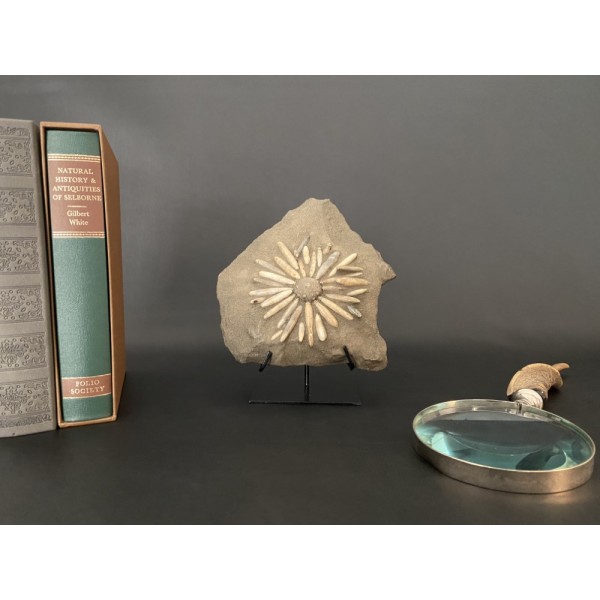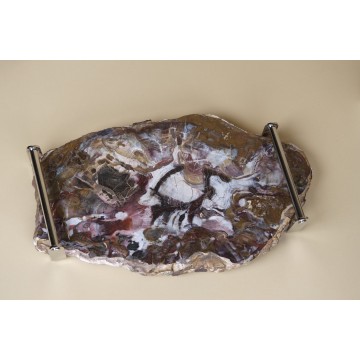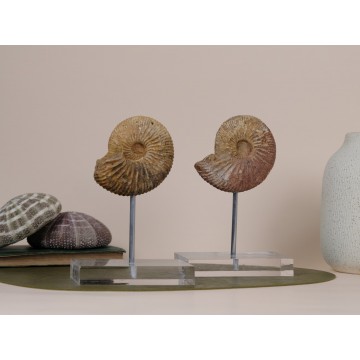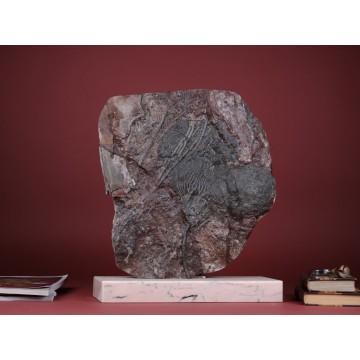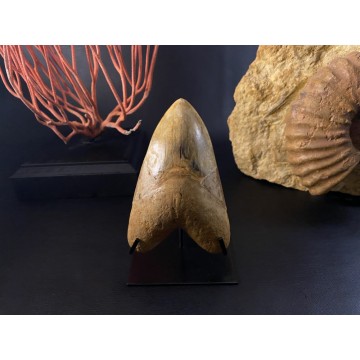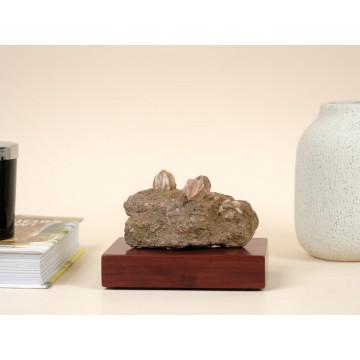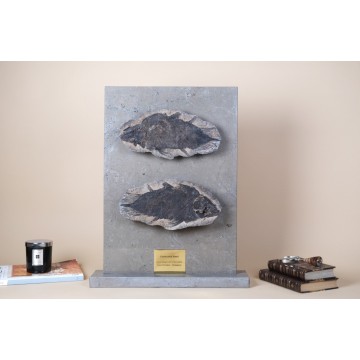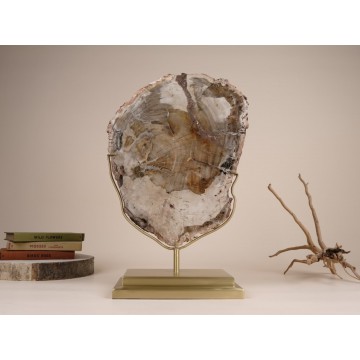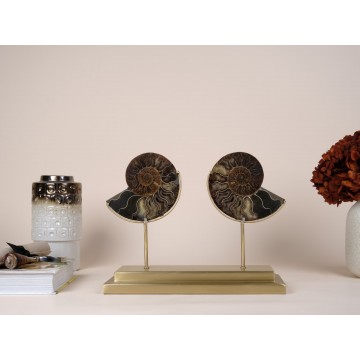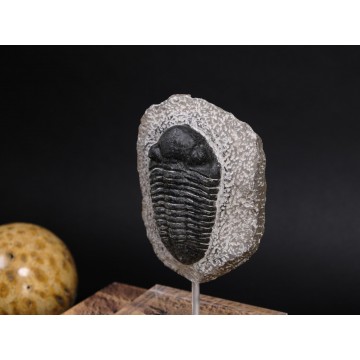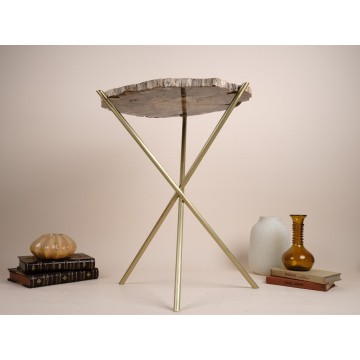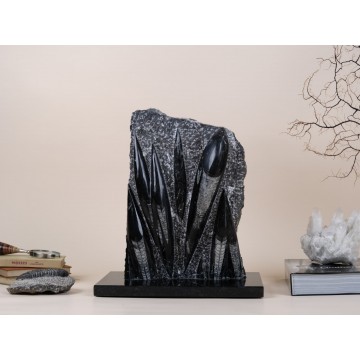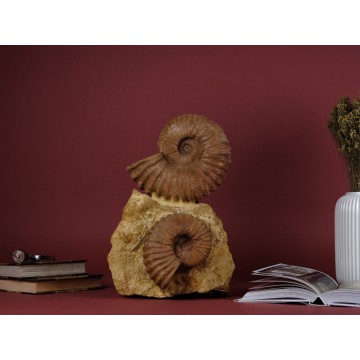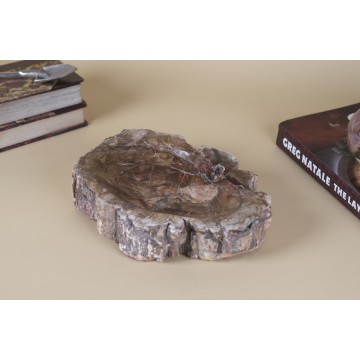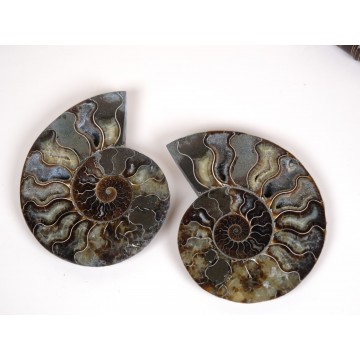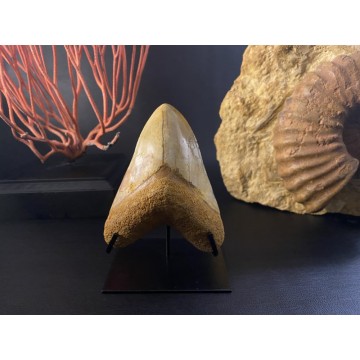Petrified wood table tray
This magnificent pair of table trays is crafted from twin slices of Araucaria petrified wood, dating back to the Triassic period—an astonishing 220 million years ago. Originating from the Ambilobe region in Northern Madagascar, these slices showcase dramatic patterns and rich, natural colors that highlight their ancient origins.
To elevate their elegance and functionality, each slice has been expertly mounted with nickel-plated brass hardware, transforming them into a perfectly matched pair of unique table trays. Rare and truly one-of-a-kind, these trays are not only a testament to Earth's history but also a stunning addition to any home or collection.

